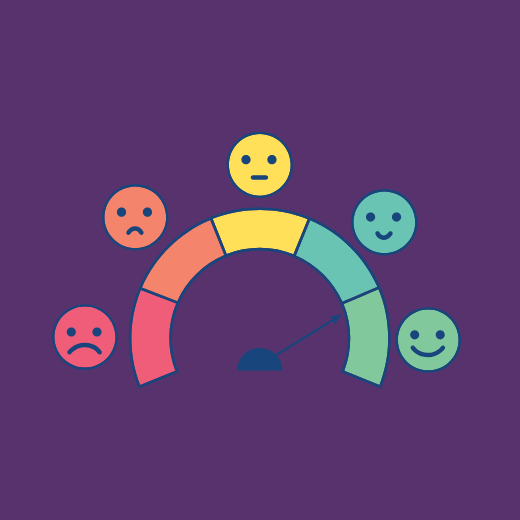It was in the fall when two consultants rolled up to a plywood mill in Oregon. As they exited the rental car, they approached the entrance of the mill and promptly walked into an ambulance that was parked out front.
Minutes later, they met with the plant manager and asked him about the ambulance. “It’s here to pick up an injured employee,” he explained. “One of our front-line supervisors got into an argument with him and beat him up.”
How ironic that these consultants were at the mill to measure the effectiveness of an ongoing leadership training program.
Later that day while interviewing groups of hourly employees, they asked what had happened earlier. “What happens when you don’t get along with your supervisor?” In unison, they immediately blurted, “The hog!”
THE LAW OF THE HOG*
In the corner of the mill sat a shack where scraps were ground into sawdust by a monstrous machine. This was the hog.
You can imagine the shock to these poor consultants when employees mentioned the hog as their cure to poor supervision.
“We don’t throw the boss into the hog,” someone went onto explain. “We throw good plywood into the hog. That way, we kill his productivity numbers and get him in trouble.”
Revenge, sabotage, payback – that was the name of the game. If a boss
did something that employees didn’t like, they got even by “feeding the hog.”
Of course, not all employees are this direct in their revenge (thank goodness!). In fact, the most common form of “feeding the hog” is when employees react passively to bad treatment – they just don’t give their all.
This is what is referred to as “Discretionary Effort” by the authors of Contented Cows Give Better Milk. The point is that today people make far more personal choices about how to spend their time at work than at any other time in history. By its definition, you can’t pay for Discretionary Effort; you can’t beat, cajole, or entice it out of anyone. It’s what employees do willingly because they want to. So a couple of questions naturally arise here. How prevalent is this Law of the Hog? How can supervisors and managers ensure they are getting “Discretionary Effort” from their employees?
EFFORT VS. ENGAGEMENT
The Gallup Management Journal’s semi-annual Employee Engagement Index puts the current percentage of truly “engaged” employees at 33%. Almost half, 49%, falls into the “not engaged” category, while 18% of employees are “actively disengaged.“
√ Engaged employees work with passion and feel a profound connection to their company. They drive innovation and move the organization forward.
√ Not-engaged employees are essentially “checked out.” They’re sleepwalking through their workday, putting time – but not energy or passion – into their work.
√ Actively disengaged employees aren’t just unhappy at work; they’re busy acting out their unhappiness. Every day, these workers undermine and sabotage what their engaged coworkers accomplish.
 With a potential 67% of the workforce not engaged, is it any wonder that getting strategic objectives accomplished is like pushing a string, uphill, in the winter?!
With a potential 67% of the workforce not engaged, is it any wonder that getting strategic objectives accomplished is like pushing a string, uphill, in the winter?!
So if you find yourself wondering about these percentages and if your organization follows this trend, what can you do?
First, you can look into doing a formal employee engagement survey. There are many options available.
Second, for a more informal analysis, complete the quiz I posted last week – 12 Questions to Determine If You Are Engaged At Work. First answer the questions for yourself. Then ask the people who work with you and for you to complete it.
Third, check out The #1 Way to Foster Employee Engagement coming next!
~The DISC Wizard
*The Law of the Hog story is cited from the founders of Vitalsmarts, creators of the Crucial Conversations training program.





